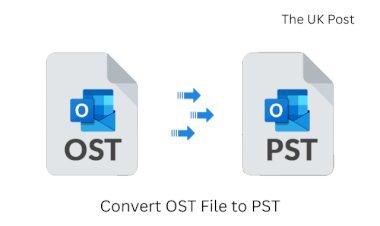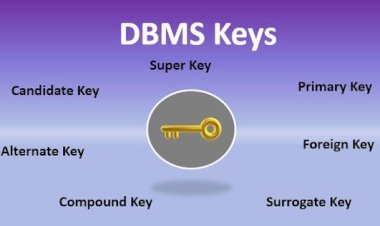Wireless Data Transfer Technologies: Types, Uses, and Future Trends
Easily update your business hours on Google in 2025 with this quick, step-by-step guide. Keep your customers informed, improve trust, and boost your local SEO by ensuring your hours are always accurate and up to date.
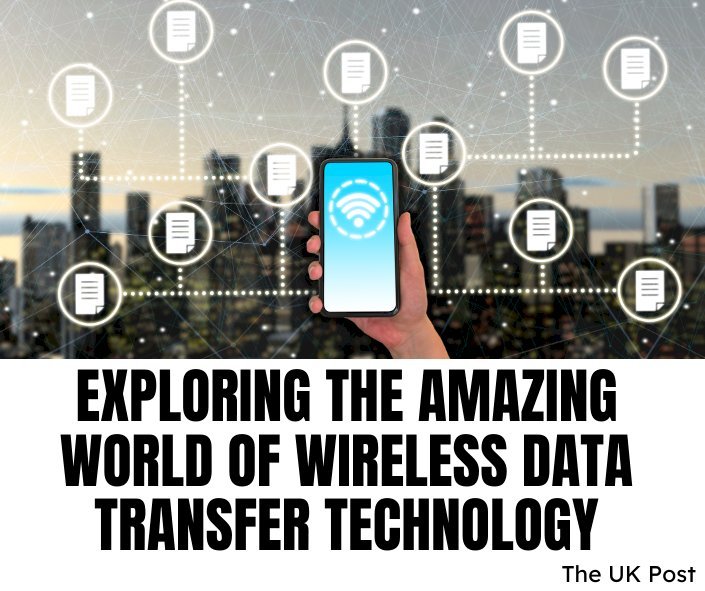
Wireless data transfer technologies have changed the way we share and connect with information every day. Whether it’s sending a file from one phone to another, streaming your favorite show, or even making a video call, wireless technology makes it all happen without any wires or cables. These technologies power everything from our smartphones to smart homes, letting devices talk to each other easily and quickly. They are everywhere and have become a big part of our daily lives. In this article, we are going to explore different wireless data transfer technologies, how they work, and how they are shaping the future of communication.
Types of Wireless Data Transfer Technologies
Cellular Networks (3G, 4G, 5G)
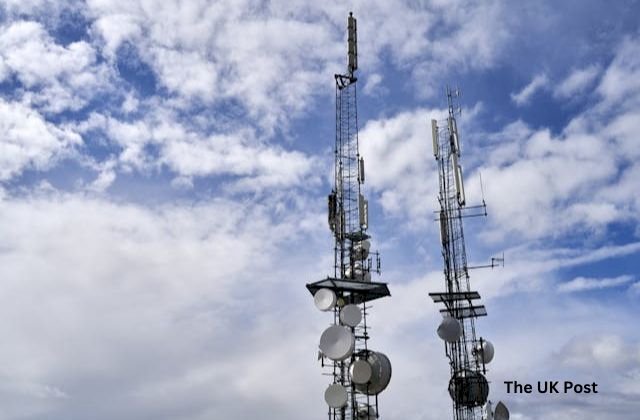
Cellular networks, particularly 4G and 5G, are the backbone of mobile communication, enabling wireless data transfer over long distances. 4G LTE has provided high-speed internet access for mobile devices, while 5G promises even faster speeds and lower latency, opening up new possibilities for real-time applications like autonomous vehicles and remote surgery.
- Range: Varies, typically several kilometers.
- Speed: Up to 1 Gbps (4G), and up to 10 Gbps (5G).
- Applications: Mobile internet, IoT, streaming, real-time communication.
The deployment of 5G networks is expected to transform industries by enabling faster data transfer and supporting a higher density of connected devices. This technology will be crucial in the development of smart cities and advanced communication systems.
LPWANs (Low Power Wide Area Networks)
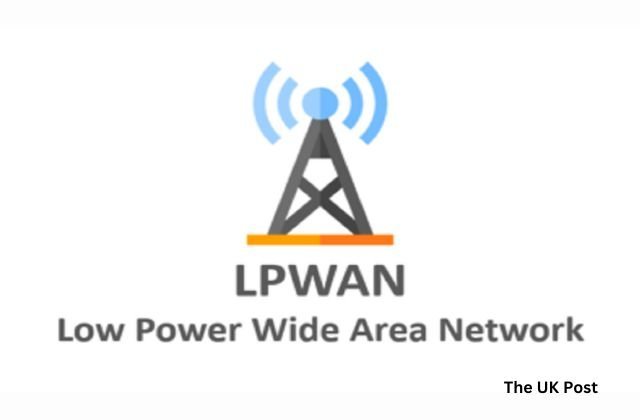
LPWANs (Low Power Wide Area Networks) are used to send small messages a few times each hour. They are not good for sending big data like videos.
These networks cost less to keep running because devices can use small, cheap batteries for 10-15 years. They are also simple, which makes the devices cheaper and easier to make. While the devices themselves are cheap, you do pay a yearly fee for each one. However, LPWANs have some downsides. They are slow and can't send large amounts of data quickly, and there can be delays in communication between devices.
-
Range: Up to 15 km in rural areas.
-
Speed: Low; suitable for transmitting small data packets.
-
Applications: Smart cities, agriculture, energy management.
The primary advantage of LPWANs is their energy efficiency, allowing devices to operate for up to 10 years on a single battery. However, their low data transmission speeds limit their use for applications requiring real-time communication.
Millimeter wave (mmWave)
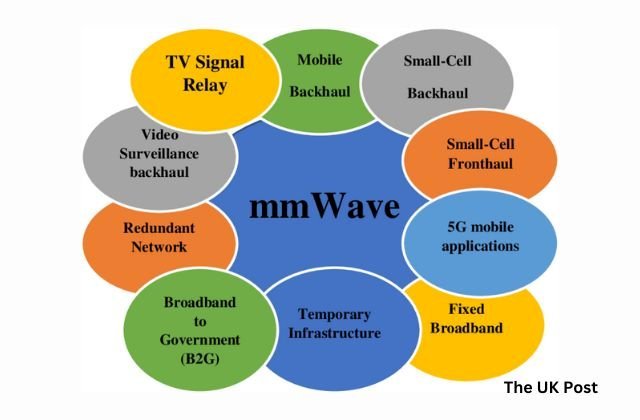
Millimeter wave (mmWave) radar is a special kind of technology that uses short waves to find objects. It sends out these waves and then listens for the signals that come back. This helps it figure out how far away things are, how fast they're moving, and where they're located. One big advantage of mmWave radar is that it's very good at seeing things clearly and accurately, even in bad weather or low light. It's also helpful for making internet connections faster and more reliable, which is especially useful for the new 5G networks. However, there are some downsides to mmWave radar. It can be expensive and complicated to use, and it doesn't work well over long distances because its signals can be blocked by buildings and other objects.
-
Range: Limited; effective up to 500 meters.
-
Speed: Up to 10 Gbps.
-
Applications: 5G networks, radar systems, HD streaming.
While mmWave offers exceptional performance, its short range and susceptibility to obstacles like buildings and foliage are significant challenges.
LoRaWAN (Long Range Wide Area Network)
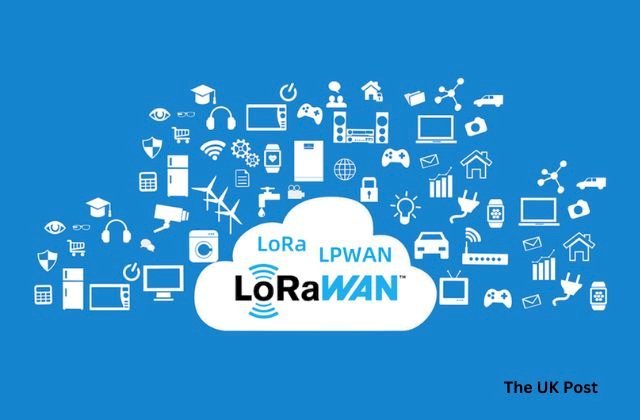
LoRa is a technology that allows devices to communicate wirelessly over long distances using very little power. It works worldwide and uses common radio bands (868 MHz/915 MHz).
In cities, it can cover about 5 km, and in the countryside, up to 15 km. Because it uses little power, devices can run for a long time on batteries. One LoRa gateway can connect to thousands of devices. However, LoRa sends data more slowly than Wi-Fi or cellular networks, and there are only a few channels available for sending data.
-
Range: Up to 5 km in urban areas, 15 km in rural settings.
-
Speed: Slow; best for periodic data transmission.
-
Applications: Smart agriculture, logistics, environmental monitoring.
Despite its advantages, LoRaWAN’s low data rate and limited channel availability may hinder performance in densely populated areas.
Radio Frequency (RF)
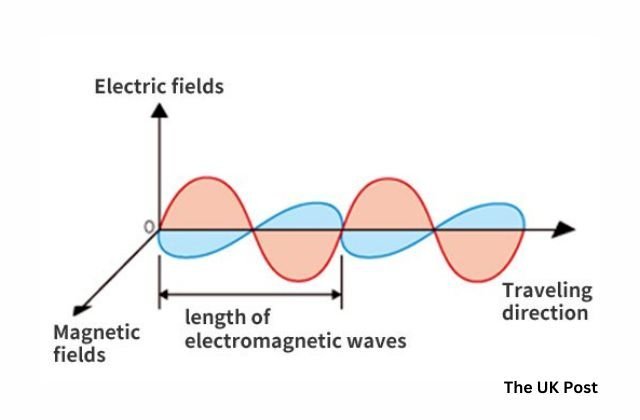
RFID technology uses radio waves to transmit data from a tag attached to an object, typically for identification and tracking purposes. RFID systems consist of a tag and a reader that communicates wirelessly to read the information stored on the tag.
- Range: Varies from a few centimeters to several meters.
- Speed: Depends on the frequency and application.
- Applications: Inventory tracking, asset management, access control.
RFID technology is widely used in logistics, retail, and security systems for tracking and managing assets. It provides a fast and efficient way to identify objects without needing a line of sight, making it ideal for various industries.
Read Also: Types of Keys in DBMS: Understanding Their Importance and Functions
Zigbee
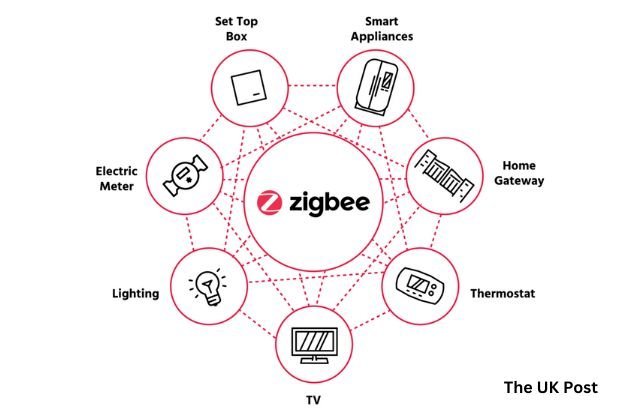
Zigbee is a low-power, low-data-rate wireless technology designed for communication between smart devices in a home or industrial setting. It operates in the 2.4 GHz frequency range and is known for its ability to create mesh networks, where devices communicate with each other to extend the network range.
- Range: Up to 100 meters.
- Speed: Up to 250 kbps.
- Applications: Smart homes, industrial automation, environmental monitoring.
Zigbee is a popular choice for IoT (Internet of Things) applications, where devices need to communicate over long periods without requiring much power. It is often used in smart home systems, such as lighting control, security systems, and energy management.
Satellite Communication
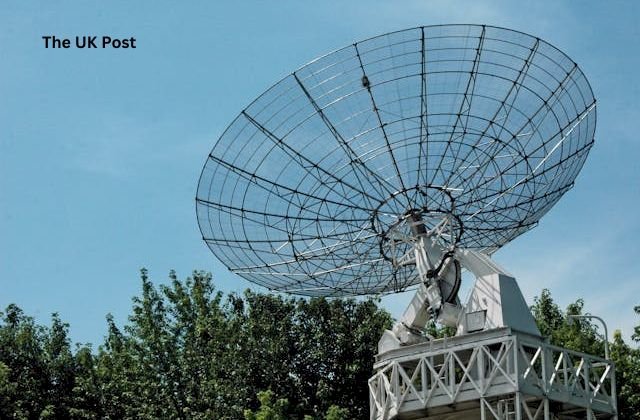
Satellite communication uses satellites in space to send and receive data. It works everywhere in the world and can reach places where regular phone and internet connections can't go. This makes it very helpful in remote areas, during disasters, and for communication between countries. Satellite communication can be used for talking, sending data, and making video calls. However, it is expensive and can be slower with delays, which might not be suitable for online games or real-time stock trading. Some plans also have limits on how much data you can use.
- Range: Global.
- Speed: Up to 150 Mbps for consumer-grade services.
- Applications: Remote communication, disaster recovery, military operations.
While satellite communication offers unmatched reach, it is often expensive and prone to latency issues.
Wi-Fi
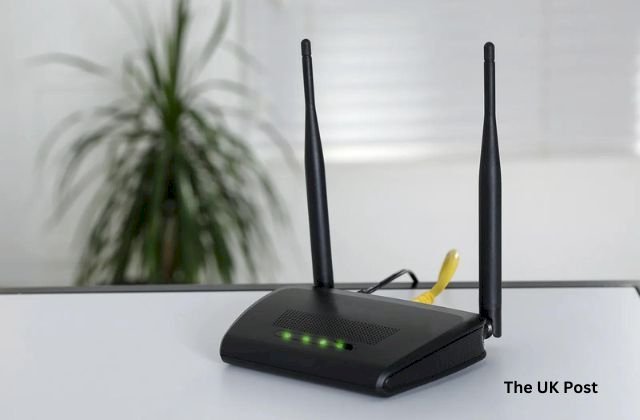
Wi-Fi is a wireless networking technology that allows devices to connect to the internet or local area networks (LANs) without cables. It uses radio waves to transmit data, typically within the 2.4 GHz and 5 GHz frequency bands. Wi-Fi is the standard for wireless internet access in homes, offices, and public places.
- Range: Up to 100 meters indoors and 300 meters outdoors.
- Speed: Varies from 11 Mbps (Wi-Fi 802.11b) to 9.6 Gbps (Wi-Fi 6).
- Applications: Internet access, streaming, online gaming, remote work.
Wi-Fi technology has become essential in modern life, enabling high-speed data transfer and internet access for various devices. With the introduction of Wi-Fi 6, the technology now supports higher speeds and more efficient data handling, especially in dense environments like offices and stadiums.
Bluetooth
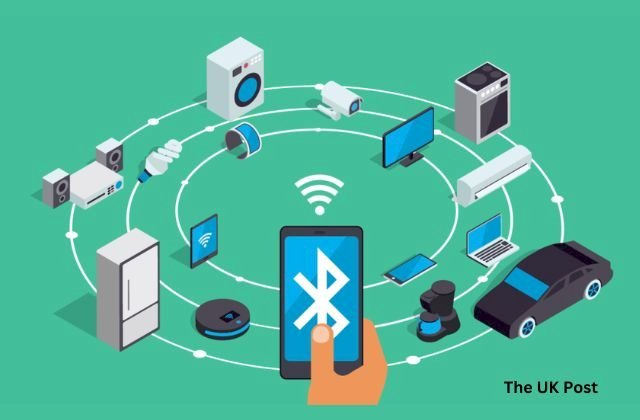
Bluetooth is one of the most widely used wireless data transfer technologies. Introduced in 1999, Bluetooth allows devices to connect and exchange data over short distances using radio waves. It operates within the 2.4 GHz frequency range, making it ideal for personal area networks (PANs). Bluetooth is commonly used for wireless headphones, keyboards, mice, and file transfers between devices.
- Range: Typically up to 100 meters.
- Speed: Up to 3 Mbps in Bluetooth 4.0, and 50 Mbps in Bluetooth 5.0.
- Applications: Wireless peripherals, file transfer, audio streaming.
Bluetooth technology continues to evolve, with newer versions offering faster speeds, longer ranges, and lower power consumption. It remains a cornerstone in wireless communication, particularly for personal devices.
Infrared (IR)
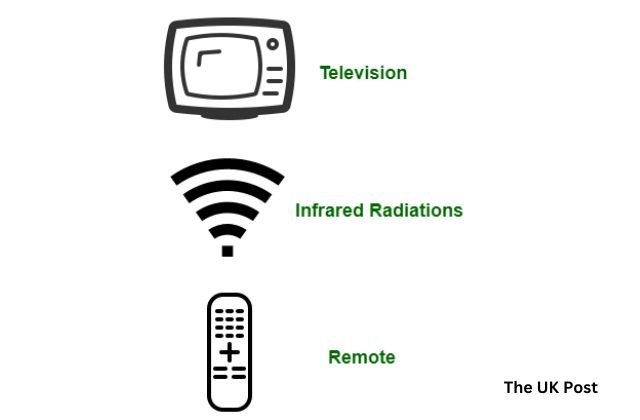
Infrared (IR) technology uses light waves in the infrared spectrum to transmit data wirelessly. It has been widely used in remote controls for TVs and other appliances. While less common for modern data transfer, IR is still used in certain applications like data sharing between devices and short-range communication.
- Range: Up to 1 meter.
- Speed: Varies, typically up to 4 Mbps.
- Applications: Remote controls, file transfer, medical devices.
Infrared technology, although overshadowed by Bluetooth and Wi-Fi, remains relevant in specific use cases where line-of-sight communication is sufficient. Its low interference with other wireless signals makes it useful in controlled environments.
Challenges in Wireless Technologies

Despite their advantages, wireless technologies face challenges, including:
-
Security Risks: Vulnerabilities to hacking and data breaches.
-
Infrastructure Costs: High costs of deploying advanced networks like 5G.
-
Environmental Impact: Energy consumption and e-waste from IoT devices.
-
Latency Issues: Delays in satellite communication and LPWANs.
Conclusion
Wireless data transfer technologies have become an integral part of our daily lives, enabling us to communicate, share information, and connect with the world around us. From short-range communication like Bluetooth and NFC to long-range solutions like 5G and RFID, these technologies continue to evolve, offering faster speeds, greater convenience, and new possibilities. As we move forward, innovations like Li-Fi and advanced cellular networks will shape the future of wireless communication, making our world more connected than ever.
FAQs
What is the difference between Wi-Fi and Bluetooth?
Wi-Fi is designed for larger networks and internet access, while Bluetooth is intended for short-range communication between devices.
How does NFC work?
NFC enables two devices to communicate when they are close to each other, usually within 4 cm, using electromagnetic fields.
Is Li-Fi faster than Wi-Fi?
Yes, Li-Fi has the potential to be much faster than Wi-Fi, with theoretical speeds up to 224 Gbps.
What is Zigbee used for?
Zigbee is commonly used for smart home devices, such as lighting, security systems, and energy management.
What are the advantages of 5G over 4G?
5G offers faster speeds, lower latency, and the ability to connect more devices simultaneously, which is essential for IoT and real-time applications.



